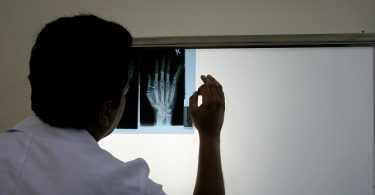A new study published in the Journal of American Medical Directors Association finds that...
Health conditions
When you need care quickly, should you use a health clinic?
Sometimes you may need health care quickly. And, the question becomes where to go for that care. If...
Protect your eyesight: Free and low-cost vision care
Your ability to see well is precious. But, your vision is likely to deteriorate as you age. Some...
Free and low-cost ways to address hearing loss
While our hearing is likely to weaken with age, there are things we can do to address hearing...
How to get free or low-cost dental care
Because dental care can be so expensive and most insurance—including Medicare—does not cover...
Congress must protect our community health centers
Every Thursday morning, I wake up excited for the 14-hour day I’m about to begin. My Thursdays...
Benefits and risks of telemedicine
Telemedicine allows doctors to remotely assess the conditions of patients via telephone or video...
ER visits for dental care on the rise, but some states are...
Data from the American Dental Association reveals that emergency room visits for dental care more...
Making medical decisions for someone you love: Your rights
You shouldn’t have to pull strings to be able to make medical decisions on behalf of the...
Health caring for mom: Three ways to let your mom know you love...
Mother’s Day is the time to show your mom some serious love. But how? Most of us love flowers and...










